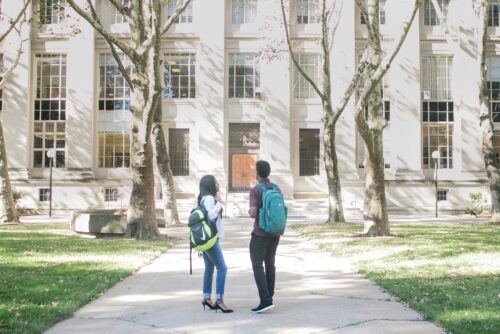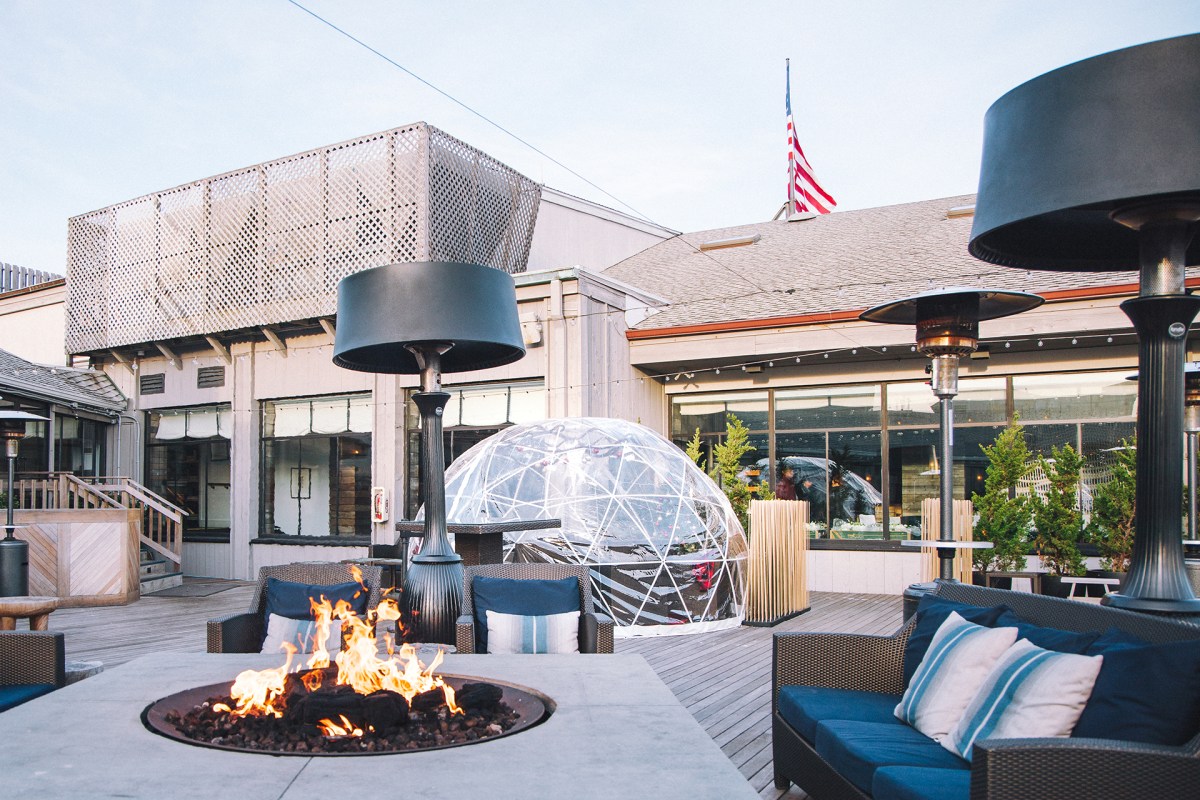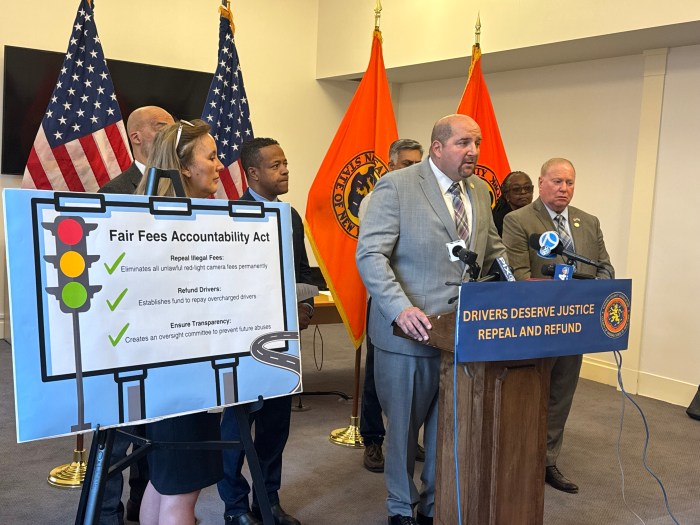As fall rolls around, many colleges and universities open their doors to prospective students and families. Fall open houses are a unique opportunity to get a firsthand feel of campus life, interact with current students and faculty and learn more about the academic and extracurricular offerings. With so much to see and do, it can be overwhelming.
Here are some essential tips to make the most out of your college visits during fall open houses.

1. Research the Colleges in Advance
Before you set foot on any campus, it’s crucial to do your homework. Begin by researching the colleges you’re visiting. Get familiar with the programs they offer, the size of the student body, campus culture and anything else that stands out to you. Understanding the basics beforehand will help you focus on the finer details during your visit. Also, knowing a bit about each institution shows interest and can impress admissions counselors.
Create a list of questions specific to each school. For instance, if you’re passionate about a particular major, ask about the department’s faculty, research opportunities or internship placements. If extracurriculars are essential, inquire about club participation or student government. The more informed you are before arriving, the more meaningful your visit will be.
2. Plan Your Visits Strategically
The fall open house season can be a busy time for both students and families. Make a list of colleges you want to visit and plan your trips accordingly. Try to visit multiple colleges within the same geographic area on consecutive days to maximize your time.
When planning your visit, register in advance for the open house. Many colleges require prospective students to sign up to manage crowd sizes effectively. Early registration often allows you to choose specific sessions or tours, ensuring you get to see the parts of campus most relevant to your interests.
3. Make the Most of Campus Tours
Campus tours are often the highlight of fall open houses. These tours give you a glimpse into student life and campus facilities. Pay attention to the campus layout, the proximity of dorms to academic buildings, and the overall atmosphere.
While it’s easy to get caught up in the tour guide’s script, don’t hesitate to ask questions. Tour guides, who are often current students, can provide valuable insights into what it’s really like to attend the school. Ask about their experiences with class sizes, campus social life and what they love most about the institution.
Take notes and photos as you go along—this will help you compare schools later when you’re making decisions.
4. Attend Information Sessions
Colleges typically host information sessions during open houses, where admissions officers share details about the application process, financial aid and scholarships. These sessions can be invaluable in providing clarity on what the school is looking for in an applicant. Be sure to take notes during these presentations, especially regarding deadlines and required materials for your application.
Many schools host panels featuring current students or professors. This is an excellent opportunity to hear about student experiences and academic programs directly from those involved. Don’t shy away from asking questions that matter to you, like how accessible professors are or how the school supports students transitioning from high school.
5. Explore Campus Independently
While the guided tours and scheduled events are essential, it’s also helpful to take some time to explore the campus on your own. Walk through the library, student union or dining halls to get an unfiltered view of daily life. Sit in on a class if possible or visit a residence hall to see where students live.
This independent exploration allows you to form your own impressions. Ask yourself whether you can see yourself walking these pathways, studying in these buildings and living in these dorms for the next four years.
6. Engage with Faculty and Current Students
During fall open houses, schools often provide opportunities to meet faculty and current students. Take advantage of this time to ask specific questions about academic programs, research opportunities and campus life.
Faculty members can offer detailed information about their departments, which might not be covered in general information sessions. They can also explain how their program prepares students for life after graduation, whether through internships, research or study abroad programs.
Talking to current students can give you a sense of the campus culture. Ask them what they love about the school and what challenges they’ve faced. These conversations can provide a candid view of the student experience, which might not always be covered in official presentations.
7. Evaluate the Surrounding Area
The campus is just one part of your college experience. Take some time to explore the surrounding area. Is the school located in a bustling city, a quiet town or a suburban area? Depending on your preferences, this can play a significant role in your college decision.
Consider the availability of nearby amenities, such as restaurants, entertainment options and grocery stores. If you plan to live off-campus later in your college years, check out the local housing market. If possible, visit the area both during the day and at night to get a full sense of its vibe and safety.
8. Trust Your Instincts
At the end of the day, choosing a college is a deeply personal decision. As you visit different campuses, pay attention to your gut feeling. Do you feel comfortable? Excited? Overwhelmed? Sometimes, the vibe of a campus can tell you more than any tour or information session.
Trust your instincts and imagine yourself as part of the community. The right college should feel like a place where you can grow academically, socially and personally.
Visiting colleges during fall open houses is an exciting part of the college search process. By doing thorough research, planning strategically and taking time to engage with the campus and its community, you’ll be better prepared to make one of the most important decisions of your academic journey.




























